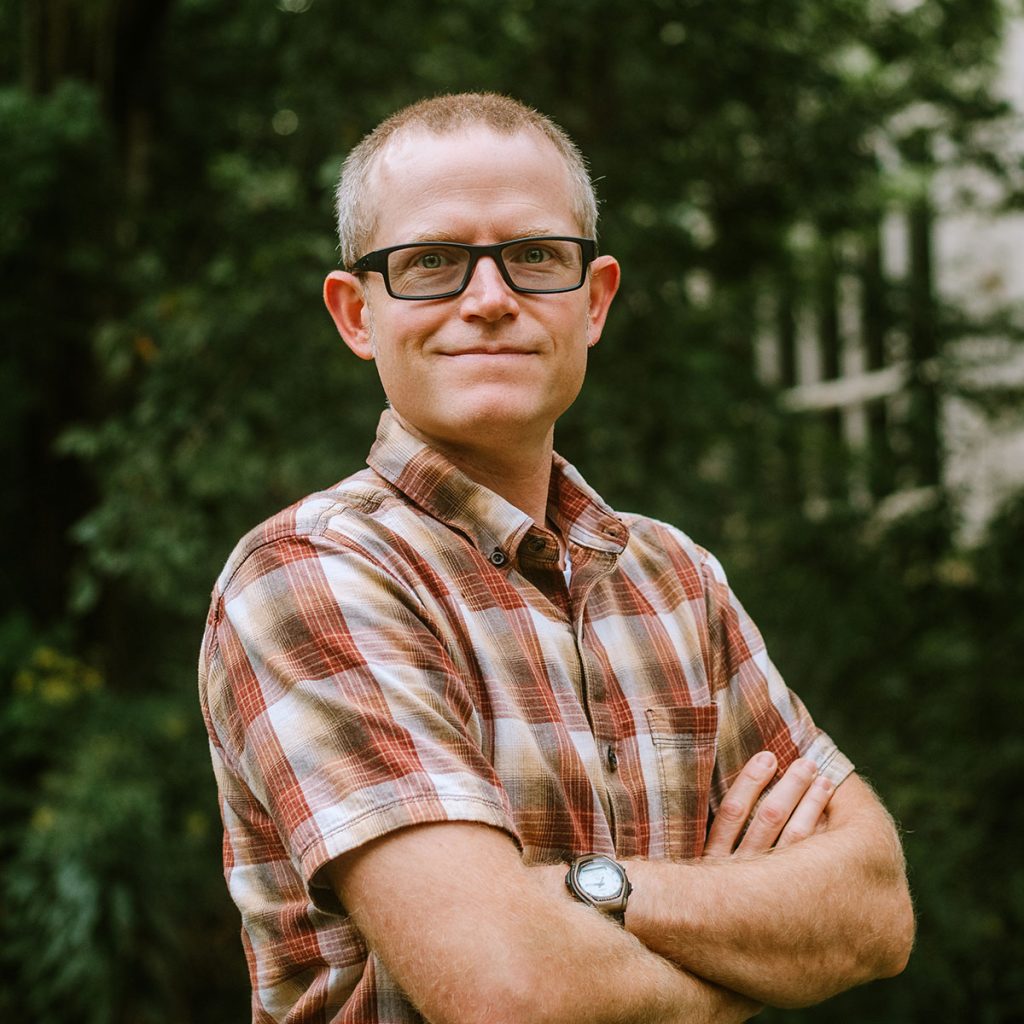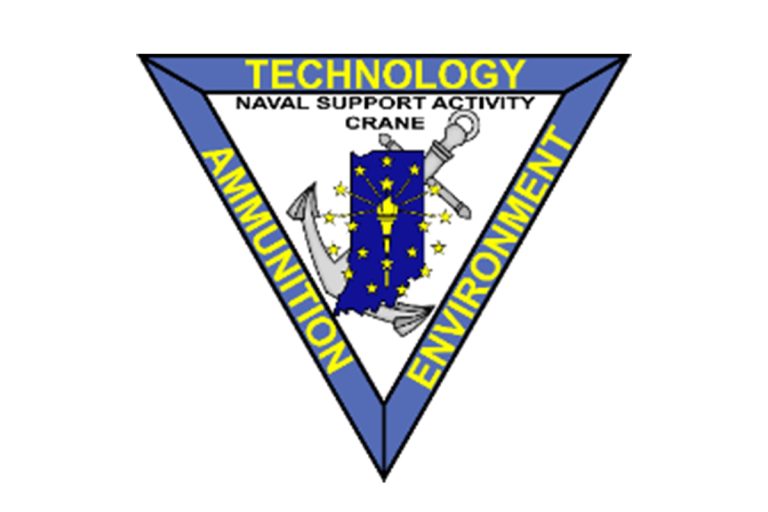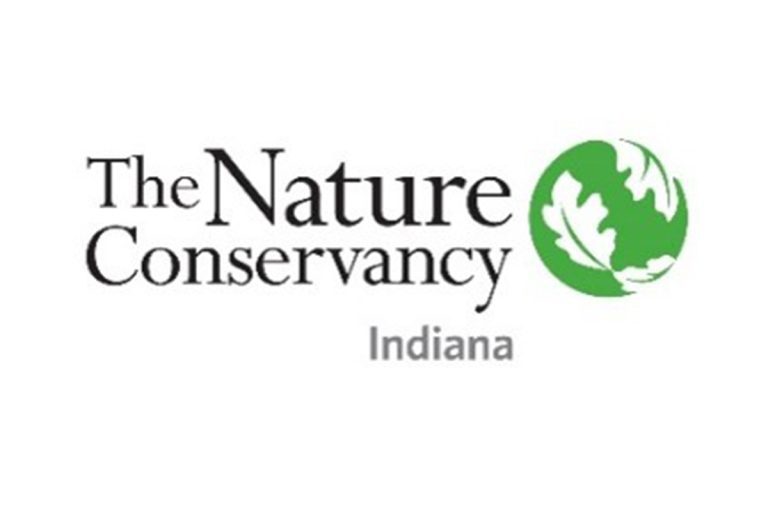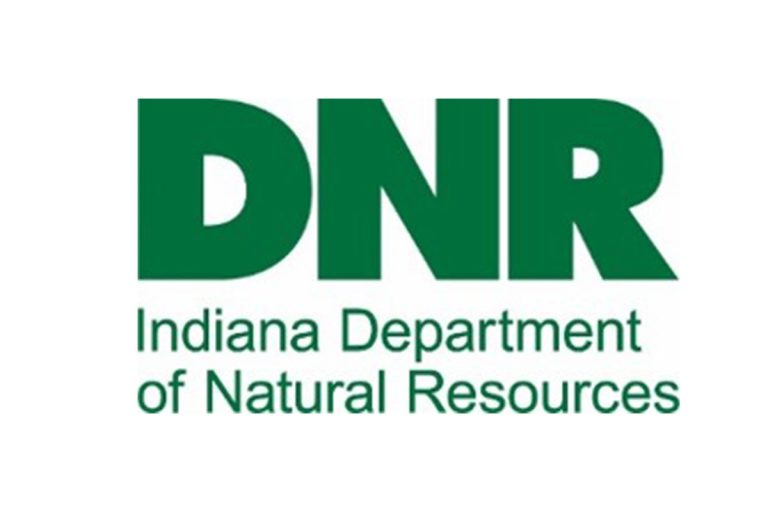This collaborative project protects wetlands, habitats, and watersheds, ensuring biodiversity and resilience while fostering public recreation opportunities like hiking and kayaking. The Busseron Creek project exemplifies the power of partnerships in securing a sustainable, natural future.
In a remarkable conservation milestone, 3,950 acres near the Lake Glendora Test Facility in Southern Indiana have been permanently protected. This ambitious effort, known as the Busseron Creek project, highlights how collaboration can safeguard critical ecosystems, enhance community resilience, and create future opportunities for public recreation.
Led by the Conservation Law Center (CLC) through its Southern Indiana Sentinel Landscape (SISL) initiative, the project has ensured the preservation of wetlands, wildlife habitats, and watersheds essential for biodiversity, clean water, and flood mitigation. The land transfer to the Indiana Department of Natural Resources (DNR) guarantees it will remain protected while being made available for public activities in the future such as hiking, kayaking, birdwatching, and hunting.
Strategic Leadership and Collaboration
The success of the Busseron Creek project is a testament to strategic partnerships. Michael Spalding, SISL Coordinator for CLC, praised the joint effort:
“This project exemplifies what can be accomplished when organizations unite under a shared vision. Protecting this land secures environmental benefits for generations while strengthening national security and the region’s resilience.”
In late 2022, SISL identified an at-risk 191-acre parcel critical to the nearly 4,000-acre property. Recognizing the need to prevent fragmentation, SISL collaborated with key partners to secure funding and negotiate the acquisition from American Land Holdings of Indiana, a subsidiary of Peabody Coal.
The resulting coalition included the U.S. Navy’s Readiness Environmental Protection Integration (REPI) program, The Nature Conservancy (TNC), The Conservation Fund (TCF), and the Indiana Department of Natural Resources Division of Fish and Wildlife, among others.
The Power of Conservation Partnerships
- The Conservation Fund (TCF):
TCF leveraged its expertise to support land acquisition and preservation. Emy Brawley, VP of TCF, highlighted the project’s multi-faceted benefits:
“From recreation-based economic development to wildlife habitat to military readiness – this is the business of conservation, and it’s where TCF shines.”
The project underscores how conservation organizations and government entities can achieve far-reaching impacts through collaboration:
- The Nature Conservancy (TNC):
TNC played a pivotal role, driving efforts to secure funding and advance the project. Larry Clemens, TNC’s Indiana Director, described the impact of the project:
“This investment in outdoor recreation and conservation will leave a permanent legacy for the natural heritage of Indiana.”
- U.S. Navy’s Environmental Commitment:
The U.S. Navy provided critical funding and strategic support through the REPI program, aligning conservation goals with defense priorities. Commander Luis Martinez of Naval Support Activity Crane emphasized the importance of this collaboration:
“This innovative effort enables military encroachment protections while enhancing community conservation and environmental stewardship.”
Securing a Lasting Legacy
The newly conserved land offers Southern Indiana residents and visitors opportunities to connect with nature while benefiting from clean air, water, and flood protection. The wetlands, once at risk of development, now contribute to biodiversity, climate resilience, and community well-being.
Additional funding from the U.S. Fish and Wildlife Service’s Wildlife and Sport Fish Restoration program, Walmart’s Acres for America program, a grant from The Nature Conservancy, and a State of Indiana budget appropriation played a vital role in ensuring this success.
A Model for Future Conservation
The Busseron Creek project highlights the effectiveness of strategic, collaborative conservation efforts. By bringing together government agencies, nonprofit organizations, and community partners, the initiative not only protects critical landscapes but also fosters a sustainable future.
This achievement is more than a victory for conservation—it’s a legacy of collaboration, ensuring that the natural beauty and ecological health of Southern Indiana endure for generations to come.
“The reference to any company, its products, or services in this document does not imply Navy endorsement”
Read Press Release HERE
View Story Map HERE
Visit Press Center HERE






